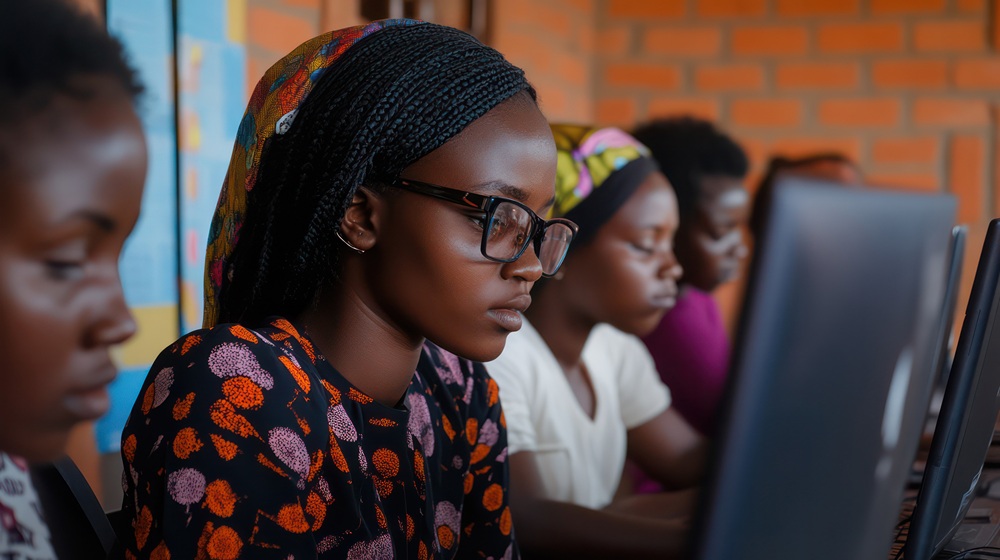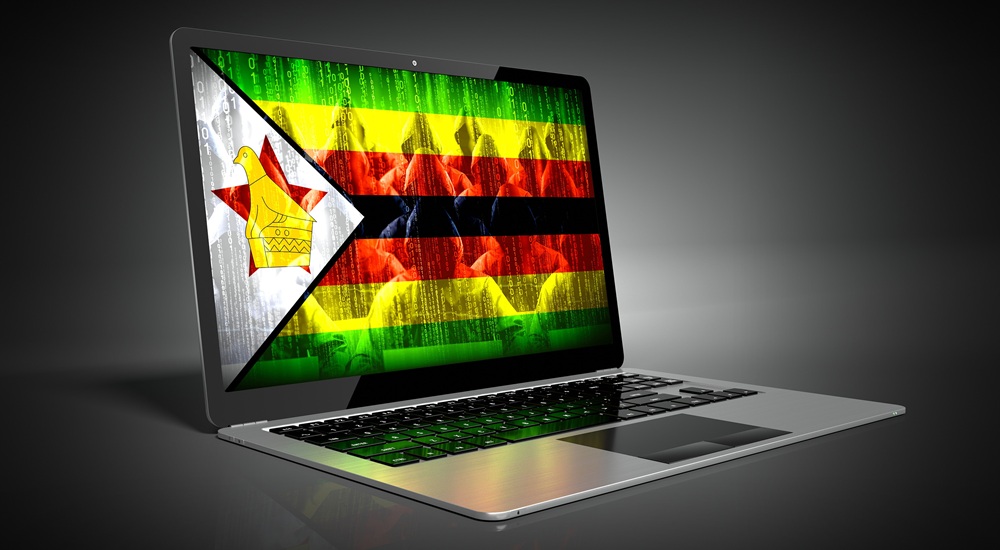By David Eurin, CEO Liquid Sea & Group Strategy Officer Liquid Intelligent Technologies
Connecting Africa to the rest of the world and unleashing its workforce potential may just be the key to catapulting international trade and markets to a whole new level. According to 2019 United Nations Demographic data, 60% of the African population is under the age of 25, giving this developing continent the largest population of young people in the world. These innovative young minds are eager for a seat at the global economic table, but how do we get them there?
Africa (as a whole) desperately needs to leapfrog into the digital future and catch up with the rest of the world. The continent is in need of proper broadband infrastructure and connectivity to the global economy. The sooner the better as each country in Africa is developing digital skills (albeit at different rates) to offer the world.
Liquid Intelligent Technologies recognises Africa’s potential and connects it to the global economy. We created 100,000km of fibre routes to transport data across the length and breadth of the continent and provided access to submarine cables.
Through our vision, we built Africa’s largest independent fibre network, and with the East to West fibre connection, our fibre routes are the most direct digital corridors across the southern hemisphere. We have set a new benchmark helping the organisation achieve historic milestones in its journey to create a more connected Africa.
The fibre connectivity infrastructure corridors offer a low latency path to connect Asia, Africa and the US as an alternative to busier routes via the Middle East. Our growth is a direct result of the increasing demand for infrastructure to support broadband internet on the African continent. Now more than ever before, local businesses need reliable and extensive connectivity to ensure effective digital transformation.
With all of this in place, it is now possible for companies to expand their operations in Africa using a reliable and extensive network with access to over 100,000 kilometres of the fibre network. This includes access to Cloud, Cyber Security, IoT networks, and state-of-the-art data centres in Nairobi (Kenya), Johannesburg and Cape Town (South Africa) and Lomé (Togo), with more being built such as in Lagos (Nigeria) – keeping Africa’s data in Africa and meeting all required data regulations.
This infrastructure not only enables new trade-in and out of Africa, but it also brings a variety of new benefits to a continent that has for far too long been in much need of more global investment, infrastructure and support. This cross-border connectivity with high speed and access to public clouds allows the region to grow via digital services such as internet banking, access to international education, and the platform to connect hospitals to central databases. It also helps bring governments online and bolster service delivery efforts.
Despite some challenges along the way, we connected Africa and continue to grow our footprint in the region. The likes of Google, Amazon, Facebook and Microsoft are also investing in Africa. But one of the crucial advantages of Liquid’s infrastructure is the ability to offer network redundancy. This essentially means that a network in Nairobi, for example, has three or four different route options. If one goes down, there are still others that can be used as a backup. Multiple routes are important because you can never be reliant on a single route.
The time for African strength and economic power on the global stage is coming. The question is who is going to be the first to take advantage of this as the continent’s infrastructure quickly catches up to global standards. Who will be the first in line to unleash the potential of African youth?





